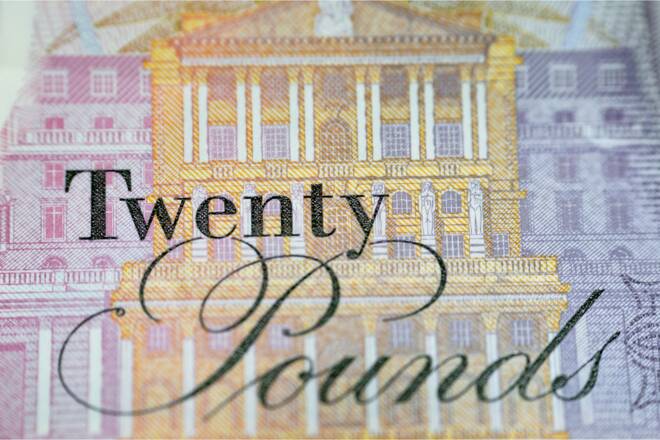Advertisement
Advertisement
GBP to USD Forecasts: Bulls to Target $1.24 on BoE Policy Move
By:
The GBP to USD enjoyed a bullish start to the session. February inflation figures have put a hawkish 25-basis point rate hike on the table this afternoon.
It is a big day ahead for the GBP/USD. There are no economic indicators from the UK for investors to consider early in the session.
This afternoon, the lack of stats will leave investors focused on the Bank of England’s monetary policy decision. Despite better-than-expected economic indicators, economists forecast a 25-basis point interest rate hike to 4.25%.
While the latest OBR economic projections give the BoE reason to take a less hawkish monetary policy stance, the UK CPI Report delivered policy uncertainty. The UK annual inflation rate unexpectedly accelerated from 10.1% to 10.4% in February. Economists forecast a rate of 9.9%.
The pickup in the inflation rate could force the BoE to deliver a hawkish 25-basis point interest rate hike. We expect investors to scrutinize the inflation letter and MPC meeting minutes. However, the vote count will also influence.
Investors should also track Bank of England member commentary with the BoE in the spotlight. However, there are no Monetary Policy Committee Member speeches for investors to monitor, leaving chatter with the media to influence.
GBP/USD Price Action
This morning, the GBP/USD was up 0.47% to $1.23195. A bullish start to the day saw the GBP/USD rise from an early low of $1.22596 to a high of $1.23195.
Technical Indicators
The Pound needs to avoid the $1.2268 pivot to target the First Major Resistance Level (R1) at $1.2330 and the Wednesday high of $1.23351. A return to $1.2330 would signal an extended breakout session. However, the Pound would need market risk sentiment and the Bank of England to support a breakout session.
In the event of an extended rally, the GBP/USD would likely test the Second Major Resistance Level (R2) at $1.2397 and resistance at $1.24. The Third Major Resistance Level sits at $1.2526.
A fall through the pivot would bring the First Major Support Level (S1) at $1.2200 into play. However, barring a BoE-fueled sell-off, the GBP/USD should avoid sub-$1.2150 and the second Major Support Level (S2) at $1.2139. The Third Major Support Level (S3) sits at $1.2009.
Looking at the EMAs and the 4-hourly chart, the EMAs send a bullish signal. The GBP/USD sits above the 50-day EMA, currently at $1.21706. The 50-day EMA widened from the 200-day EMA, with the 100-day EMA pulling away from the 200-day EMA, delivering bullish signals.
A hold above S1 ($1.2200) and the 50-day EMA ($1.21706) would support a breakout from R1 ($1.2330) to target R2 ($1.2397) and $1.24. However, a fall through S1 ($1.2200) would give the bears a run at the 50-day EMA ($1.21706) and S2 ($1.2139). A fall through the 50-day EMA would send a bearish signal.
The US Session
Looking ahead to the US session, it is a relatively quiet day on the US economic calendar. US current account, jobless claims, building permits, and new home sales figures will be in focus. While housing sector data has drawn more interest in recent months, the jobless claims should have more influence on the GBP/USD pair.
Economists forecast initial jobless claims to increase from 192k to 197k. Sub-200k would continue to reflect very tight labor market conditions.
About the Author
Bob Masonauthor
With over 28 years of experience in the financial industry, Bob has worked with various global rating agencies and multinational banks. Currently he is covering currencies, commodities, alternative asset classes and global equities, focusing mostly on European and Asian markets.
Advertisement
